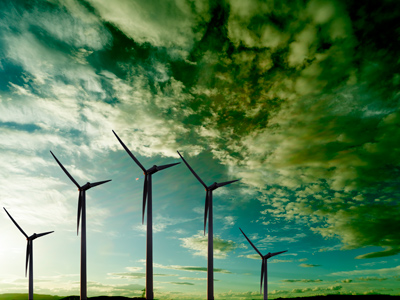

Sustainable Resources
One of the best ways to tackle climate change and to protect the environment, is to use sustainable resources. These are resources that will not run out and will not harm future generations. One example is renewable energy, such as wind farms or solar power, but there are many others.
So, now we know what sustainable resources are, what about unsustainable ones? Well, most of the energy humans create in power stations comes from unsustainable resources like coal or natural gas. They are unsustainable for two reasons: there is a finite supply (they will eventually run out). They also emit carbon dioxide when burnt which, if allowed to continue, will make life on Earth impossible before too long.
In this quiz we'll look at how we use our resources and how you can live a sustainable lifestyle. Remember - we are caretakers of the Earth, not its owners.
Once you’ve finished this quiz, you might want to take a look at our 50 quizzes in KS3 Science. With 10 questions in each quiz, that’s 500 posers to keep you occupied!
Ready for more?
not all...
quizzers. Try to win a coveted spot on our Hall of Fame Page.






